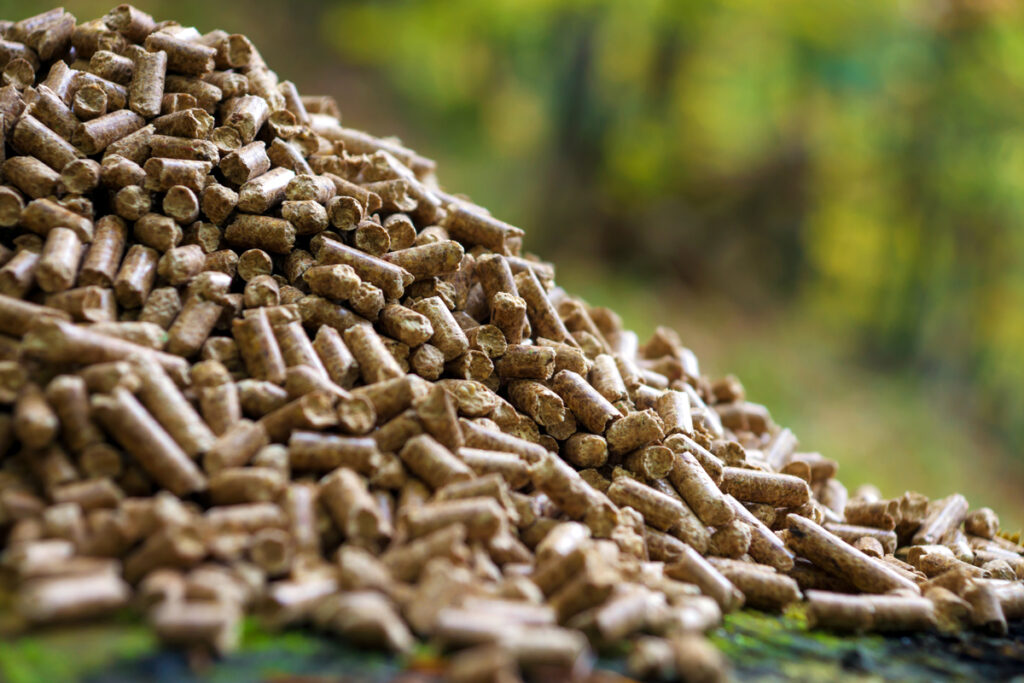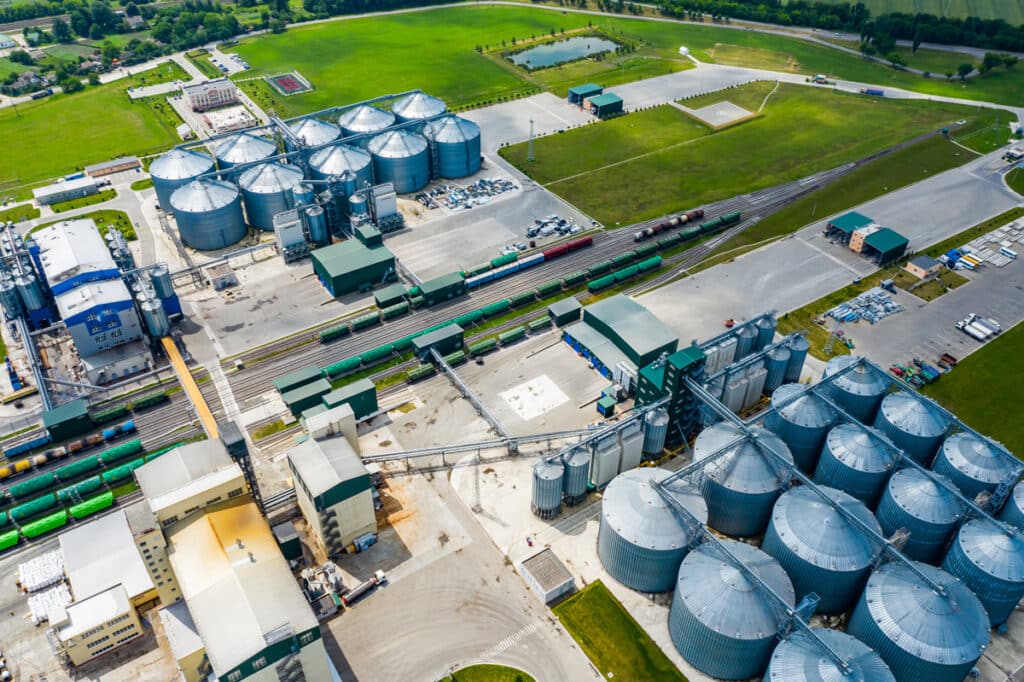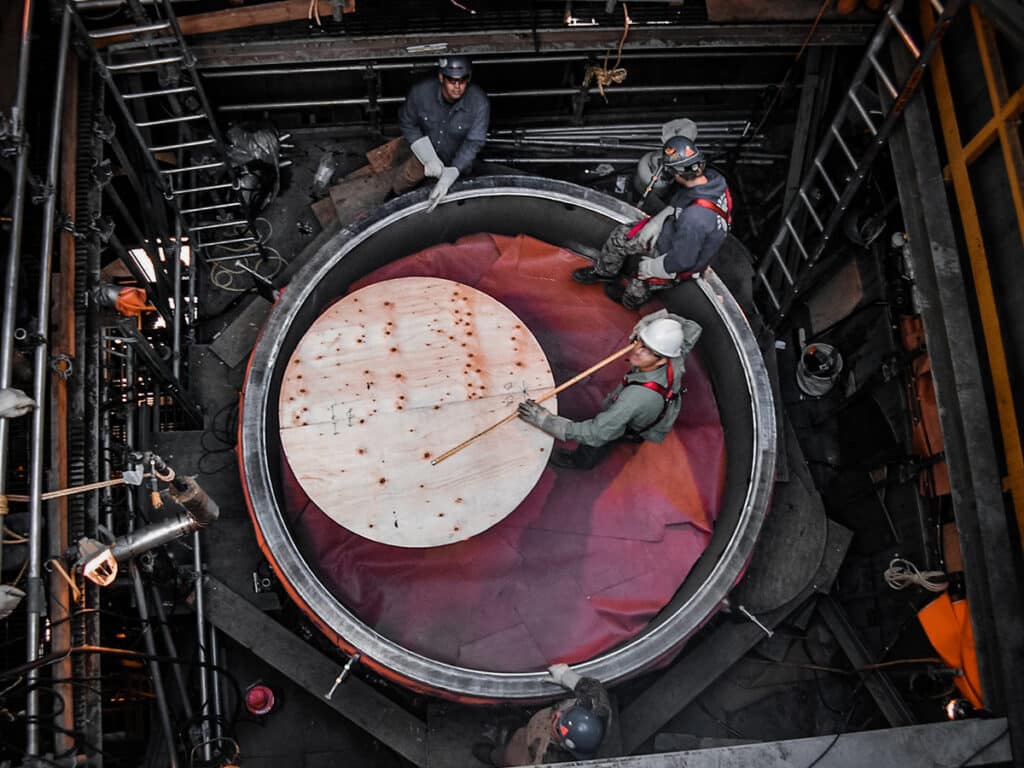Biomass and Biofuels: Renewable Energy from Organic Materials
In a world where the demand for energy is constantly growing, finding sustainable and renewable sources of energy is crucial. Biomass and biofuels are two types of renewable energy that have gained attention in recent years as alternatives to fossil fuels. In this blog, we will discuss what biomass and biofuels are, how they are produced, and their advantages and challenges.
What is Biomass?

Biomass is basically organic matter that comes from living things such as plants and animals. It can come in various forms like wood, agricultural waste, and even the solid waste we generate every day. Interestingly, all of these materials can be used to produce energy, which makes biomass a renewable source of energy that can be replenished over time.
However, like everything else in life, there are advantages and disadvantages to using biomass as a source of energy.
Sources of Biomass
- Wood
- Agricultural waste
- Municipal Solid Waste
- Energy crops
- Algae
Advantages of Biomass:
- Biomass is a sustainable and renewable energy source that can be replenished over time.
- It can reduce dependence on fossil fuels and contribute to energy security.
- Biomass can help reduce greenhouse gas emissions, as it absorbs carbon dioxide during growth and emits it during combustion.
Disadvantages of Biomass:
- It can be expensive to produce and transport, which makes it less competitive compared to fossil fuels.
- Burning biomass can produce air pollution, which can have negative health impacts on humans and the environment.
- There may be competition for land use, as biomass crops may require agricultural land.
What are Biofuels?

Biofuels are liquid or gaseous fuels made from biomass. The most common types of biofuels are ethanol, biodiesel, and biogas. These fuels can be used to power vehicles or generate electricity. Biofuels are also considered renewable energy sources because they can be replenished.
Sources of Biofuels
- Corn
- Soybeans
- Sugar Cane
- Palm Oil
- Algae
Advantages of Biofuels:
- Biofuels are a sustainable and renewable energy source.
- They can reduce greenhouse gas emissions and contribute to the fight against climate change.
- Biofuels can be produced locally, which can contribute to local economic development.
Disadvantages of Biofuels:
- Production of biofuels can be expensive compared to traditional fossil fuels.
- The land required for growing biomass crops can lead to competition for land use and impact food production.
- There are concerns about the sustainability of producing biofuels, as it can lead to deforestation and environmental degradation.
How are Biomass and Biofuels Produced?

Biomass and biofuels can be produced through different conversion processes, including thermal conversion, biological conversion, and chemical conversion. Biomass can be converted into energy through combustion, gasification, or pyrolysis. Biofuels are produced through various processes, including fermentation, transesterification, and gasification.
Advantages of Biomass and Biofuels:
- Biomass and biofuels can be produced from a variety of sources, which makes them versatile and adaptable to different energy needs.
- Conversion processes can be improved over time through innovation and technology.
- The production of biomass and biofuels can contribute to local economic development and job creation.
Challenges of Biomass and Biofuels:
- Technical and economic challenges can make biomass and biofuels less competitive compared to fossil fuels.
- Environmental and social challenges, such as land use and air pollution, can impact the sustainability of biomass and biofuels.
- Policy and regulatory challenges, such as subsidies and tax incentives, can impact the adoption and growth of biomass and biofuels.
Converting Oil and Gas Facilities into Biofuel Hubs

Converting an oil and gas refinery to a biofuel production facility is a complex and challenging endeavor. The process requires a combination of structural modifications, equipment replacement, and process re-engineering. Key elements of this conversion process include decontamination and decommissioning, which involves the removal of hazardous materials and decommissioning of equipment specifically designed for oil and gas processing.
Automated welding can play a significant role in the conversion process of oil and gas refineries to biofuel production facilities. Implementing automated welding can lead to increased efficiency, reduced labor costs, and improved safety and consistency in the construction and maintenance of the modified infrastructure.
Retrofitting and upgrading are also essential, as the existing infrastructure and equipment must be adapted to handle new feedstocks, such as plant-based oils, agricultural residues, and waste materials. Lastly, integrating new technologies, such as enzymatic hydrolysis and thermochemical conversion, as well as renewable energy sources like solar and wind, helps optimize biofuel production and reduce the facility’s carbon footprint.
Future of Biomass and Biofuels

The future of biomass and biofuels is promising as it presents a sustainable and renewable source of energy that can be used to reduce dependence on fossil fuels. With advances in technology and innovation, the conversion processes for biomass and biofuels are becoming more efficient, cost-effective, and environmentally friendly. New processes such as waste-to-energy technologies are emerging, which can help reduce the environmental impact of biomass and biofuels.
The growing demand for renewable energy, coupled with the increasing awareness of the negative impact of fossil fuels on the environment, is expected to drive the growth of biomass and biofuels in the future. The global energy transition towards sustainability and the fight against climate change will also play a role in the growth of biomass and biofuels. Governments are recognizing the importance of promoting renewable energy and are providing subsidies, tax incentives, and other forms of support to encourage the development of biomass and biofuels. As a result, we can expect to see increased investment, innovation, and market growth in the biomass and biofuel industry in the future.
Conclusion
Biomass and biofuels are renewable energy sources that have the potential to reduce our dependence on fossil fuels and contribute to a more sustainable future. While there are challenges to producing and using biomass and biofuels, the benefits they offer make them an important part of the energy mix.
As we continue to improve technology and reduce the costs of production, biomass, and biofuels will become even more competitive and accessible. It’s time for us to invest in renewable energy sources like biomass and biofuels to ensure a sustainable and clean energy future for generations to come.
Choose NOOTER for Your Next Biofuel or Biomass Project

As we continue to explore and expand the use of biomass and biofuels, it is crucial to have a partner who understands the complexities and nuances of these industries. That’s where NOOTER comes in.
As a fully integrated turnkey construction, multi-craft, construction engineering, and maintenance contractor in the industrial and commercial sectors, NOOTER has the expertise and experience needed to deliver successful biomass and biofuel plant construction and maintenance projects.
Whether you’re looking to build a new biomass or biofuel plant or need support with the maintenance and optimization of an existing facility, NOOTER has the capabilities and resources to help.
Contact us today to learn more about how we can support your biomass and biofuel projects and help you achieve your sustainability goals.





